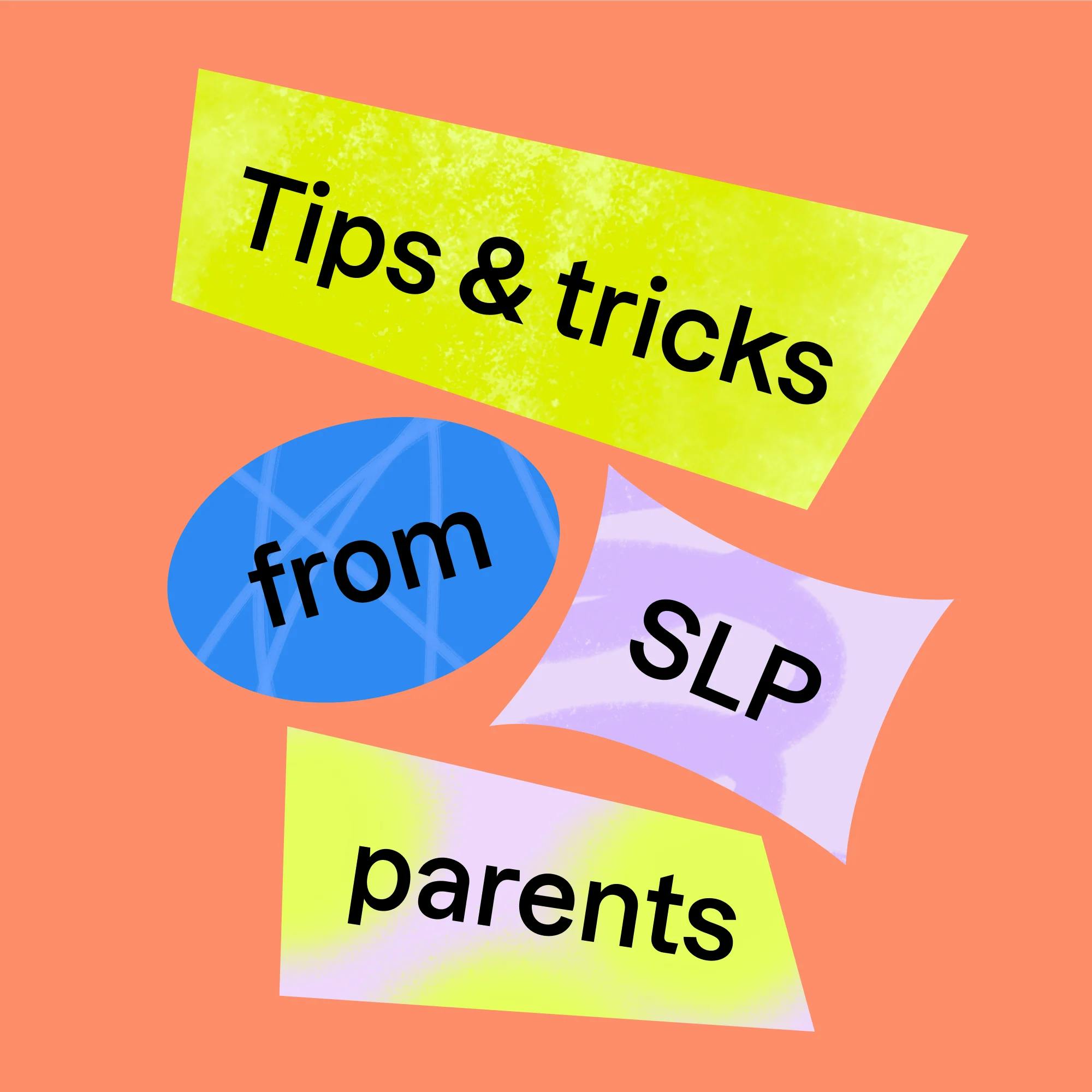
How to Teach Young Children to Follow Directions
 Leanne Sherred, M.S., CCC-SLP
Leanne Sherred, M.S., CCC-SLP
Teaching your child to follow directions doesn't just lead to a happier, calmer day. This skill is extremely important for a child’s comprehension, school readiness, and almost every aspect of their future.
How to use gestures to help your child follow directions
For children, learning language and new words is always easier when visual cues are included. And when it comes to following directions, gestures and other hand motions are particularly helpful.
A direction we might give a toddler as young as 1 year old is “Give me ____.” Most of us may already include a hand gesture with this direction, but try to remember to gesture toward the object as you say the words. When you point to the object, your child can more easily learn that word. For example, if you say, “Put your shoes on,” point to your child's shoes.
Another example could be saying “Wash your hands” while rubbing your hands together. For directions like these, we can mime the action for better comprehension. We do this naturally when we wave goodbye.


Other ways to use visual cues with your child
In addition to gestures, we can help children understand our words with other visual cues. If it’s time for your child to clean up their toys, you can give the direction “Clean up” while reaching for the toy bin. If you want your child to sit down at the table, walk over to the table, touch the chair, and say, “Sit down, please.”
What if your child needs more help following directions?
In some cases your child might need more support. We can do this by physically walking them through the directions. So for example, if they’re not sure what you mean when you say “Sit down at the table,” you can take their hand, guide them to the table, and then help them take a seat.
While using these supports, it’s always helpful to repeat the directions a few times so they stick.


Repetition helps children learn
Children learn best through repetition. So in addition to repeating a direction in the moment, consider repeating that same direction over several days or weeks. You can check in on your child’s development by trying the same direction with fewer cues over time. For example, after a few weeks of practicing “clean up,” where you grab the toy bin for them, try repeating the same direction and then waiting to see what your child does on their own.
Make it a routine
Directions are so common throughout the day that opportunities for practice are everywhere. This includes getting ready in the morning (“Go get your shoes on”) to preparing for dinner (“Give me your cup, please”). Try to find as many chances as you can to provide a language-rich environment for your child.











